Picture this: You’re a product owner and your team has a backlog of features to implement.
The problem is: Your team is overwhelmed and no one is sure where to start and how to prioritize the tasks. Well, this is where user story mapping can come in handy.
Keep reading to learn how user story mapping is helping product teams get a better understanding of consumer needs and prioritize tasks with a user-first approach.
What is user story mapping?
User story mapping is an exercise in which you visualize a user’s journey through a product. It helps product teams better understand customers, identify friction points in the journey, and prioritize what will improve the user experience.
Before we get into user story mapping, let’s go over the basics. A user story is a short and simple description of a feature told from the perspective of the user. For example, “As a user, I can add items that I’m not ready to purchase yet to my wishlist.”
It forces product teams to build with a user-first approach. A user story map takes this a step further by visualizing the steps a user takes to complete an action.
When product managers, designers, and developers work on a product, sometimes they focus too much on feature specifications. User story mapping gets them out of this framework and redirects them to focus on consumer needs and desired outcomes.
In addition, a user story map will help break down the customer journey into bite-size pieces that teams can tackle and ensure nothing gets lost in the process.
But to be clear, the mapping process isn’t solely for product teams. It can be a valuable cross-functional exercise that helps align marketing, engineering, UX/Design teams along with other departments.
In addition to getting everyone on the same page, creating a user story map also helps:
- Determine how to prioritize work if there’s a large backlog of feature implementations, separating must-haves from nice-to-haves.
- Break down requirements and visualize how each piece interacts with the other.
- Expose roadblocks and dependencies that can impact product delivery.
Is agile story mapping different?
The short answer is no because user story mapping is used within an agile framework.
User stories are used in an agile framework as a way to provide context using simple and natural language. They also represent the smallest unit of work, just as sprints and epics are other measurements.
So, it’s agile story mapping is another way to describe the process of mapping a user story.
How to Create a User Story Map
- Set the frame.
- Map out the steps in the story.
- Group and define.
- Slice your tasks and get your minimum viable product.
User story mapping typically happens at the beginning of a project, as it helps offer structure and get everyone on the same page. However, it can be used at any phase of the project to help identify roadblocks and reprioritize.


![What is Context Marketing? Why It Matters in 2022 [+Examples]](https://b2346413.smushcdn.com/2346413/wp-content/uploads/2022/03/context-marketing-300x200.jpeg?lossy=1&strip=1&webp=1)




